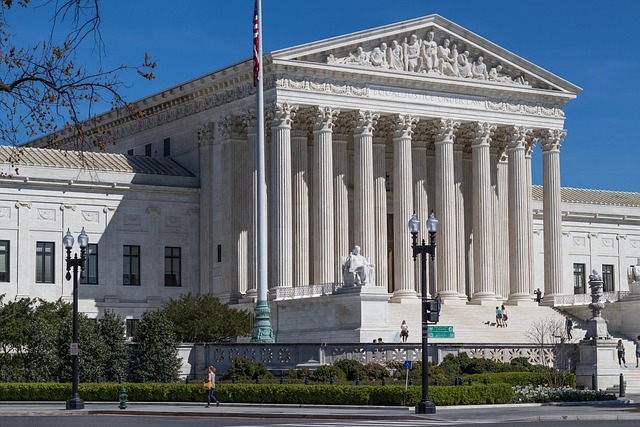
More Thoughts on NCN Litigation and Nationwide Injunctions
05.05.2025 | Linda J. Rosenthal, JD

“Finding funders has never been easy work,” writes The Nonprofit Quarterly’s Martin Levine in How Nonprofits Consider Donations Differently as Donor Challenges Proliferated (September 4, 2019). But it’s much harder now “… in this time of public accountability for societal malefactors and philanthropic money launderers….”
Mr. Levine describes the current tainted-donor dilemma facing charitable organizations: walking the tightrope of “finding reliable, substantial sources of funding” while “ensuring they will not be embarrassed or stigmatized by those who answer their call.” This has always been a fundamental challenge for the nonprofit sector, but there are two factors at work now that amplify the problem.
First, recent changes in federal tax policy have undermined the traditional structure of incentives for individual charitable giving. What was feared as soon as the new laws were announced has been documented with hard data now two years after the Tax Cuts and Jobs Act of 2017. There has been a demonstrated decline in individual giving; experts predict this trend will continue. Nonprofits are increasingly more dependent for their survival on large donors. Given these financial pressures, should (or must) tainted donors be automatically excluded?
Second, the explosion of social media coupled with the relentless, 24-hour, news cycle means that mere hints of problems blow up immediately and take on a life of their own, with quick-moving implications and blowback on affected organizations. These scandals “… ‘play out in the open, stoked by social media.’” We’re all relative novices at this new communications phenomenon; “‘… there’s no commonly accepted road map.’”
The prime targets of dubious donors are the nation’s major cultural and educational organizations because a connection with these important charities can impart a quicker and more significant boost of perceived respectability. Nevertheless, all 501(c)(3) organizations – small, medium, or large – must gear up to deal with the challenges of questionable donors and donations. The difficult issues include: (1) what level of investigation or due diligence is needed; (2) what kind and amount of taint can and should be accepted; and (3) what to do with already accepted donations.
Martin Levine’s article pinpoints the necessary balancing act: There must be due diligence, but not to the point that “the level of scrutiny become so onerous that donors just walk away.”
That’s accurate as far as it goes, but the dilemma facing nonprofits is considerably more complex than that.” Even the term “tainted donor” is not as clear-cut as it appears on first blush. There are a number of possible scenarios; for example:
Each of these can be further broken down into more nuanced categories. Defined broadly, there are many types and variations of tainted donors.
“Unless you are prepared to face real setbacks as an institution,” Martin Levine quotes Maxwell Anderson, a former director of the recently embattled Whitney Museum, “it will be hard to find support derived entirely from sources beyond reproach.” And, according to Andras Szanto, an arts-philanthropy consultant, “it’s hard to satisfy all concerns and constituencies.”
Figuring out who is or is not a tainted donor is just the first of many difficult issues.
“How much taint is too much taint?” is a frequently pondered question. Mother Teresa accepted money for her Calcutta charities from any source including dictators. She reasoned that the dirty money was cleansed by its use for noble purposes.
How much due diligence is enough? What should the 501(c)(3) do with already accepted money when the taint of the donor is discovered?
Sadly, there are more than enough scandals just in the last year or so to give ample examples of all of these complicated issues – and more. Of all of them, the Epstein-M.I.T. Media Labor mess that surfaced in late August and September is perhaps the most intriguing, presenting a veritable cornucopia of “what not to do” for the philanthropic sector. We’ll tackle that topic soon.
— Linda J. Rosenthal, J.D., FPLG Information & Research Director
